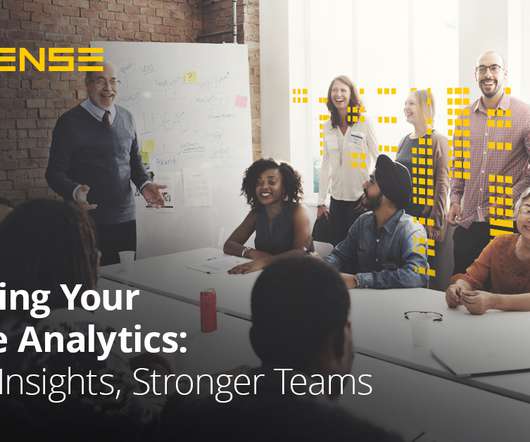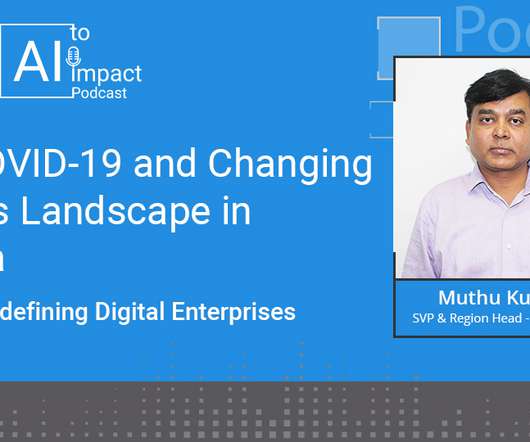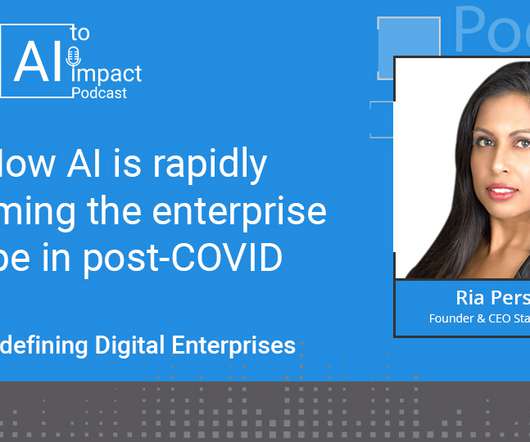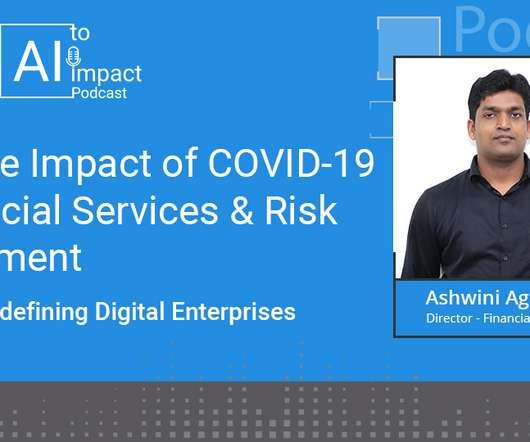Maturing Your People Analytics: Better Insights, Stronger Teams
Sisense
NOVEMBER 5, 2020
This has led to an explosion of data: Organizations of all kinds have a larger number of programs and applications feeding them more information, covering a wider array of metrics, than ever before. Evolve to correlate data across systems. Bottom line: You need a mature people analytics program to really impact business outcomes.



















Let's personalize your content